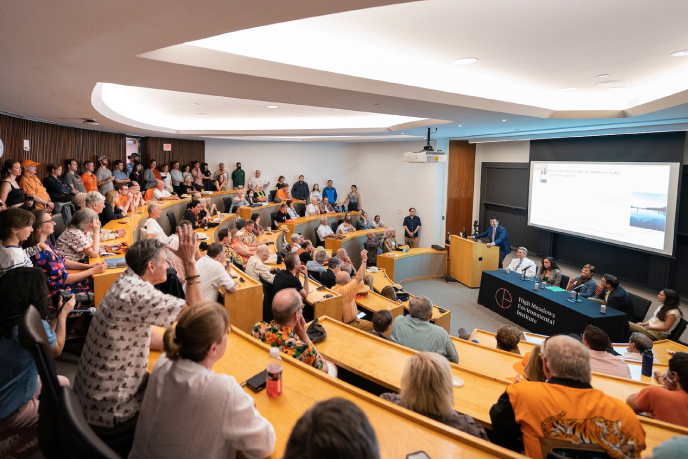Mina Takegami ’23


Molecular Biology
Discovering Patterns and Genes Involved in Fe–S Chaperone Synthesis
Certificate(s): Engineering Biology
There is ongoing research to replace fossil fuels by engineering yeast to increase isobutanol production by homologous gene insertion. However, one of the proteins encoded by the homologous genes requires an iron-sulfur (Fe–S) chaperone that differs from organism to organism. The focus of my internship was to improve Fe–S chaperone and protein compatibility. I took a bioinformatics approach by developing a pipeline for prokaryotic genomes being tested in the lab. I started with a database of genomes and filtered out genes through two searches. By running my pipeline, I discovered that all prokaryotes had at least one assembly, cluster and trafficking gene. This implies that all organisms in the data set follow the same general steps to create Fe–S chaperones. There were two groups of genes present in the organisms, but these groups were not dictated by how closely related the organisms were to each other. Through this internship, I learned about the complexities of working with large data and the bioinformatic skills needed to tackle these problems. I also realized that I have an interest in the intersection of computer science and biology, and I plan on pursuing similar opportunities in the future.
2021
Innovation and a New Energy Future
Avalos Research Group, Department of Chemical and Biological Engineering and the Andlinger Center for Energy and the Environment, Princeton University
José Avalos, Assistant Professor of Chemical and Biological Engineering and the Andlinger Center for Energy and the Environment; Jeremy Cortez, Ph.D. candidate, Molecular Biology



